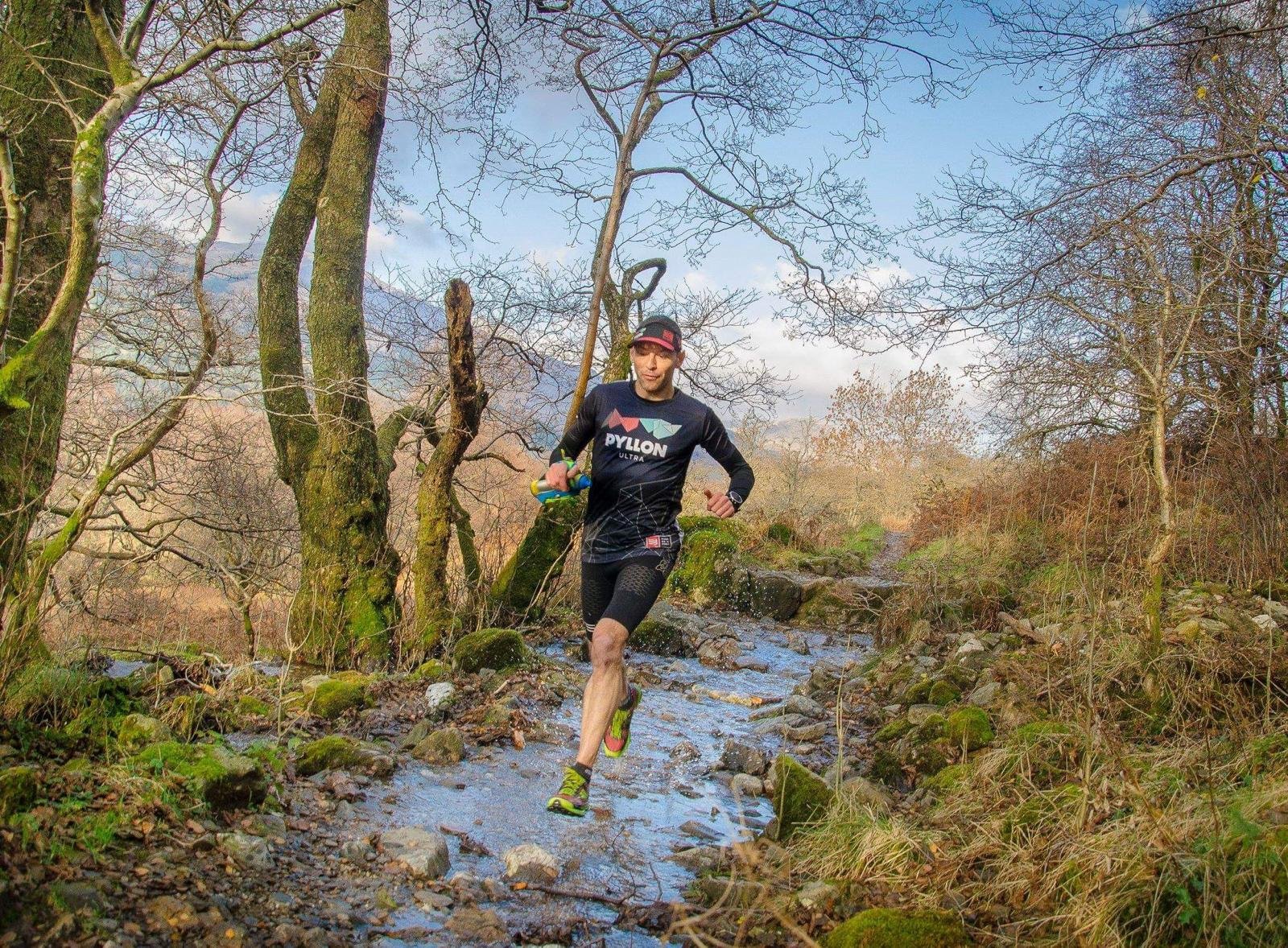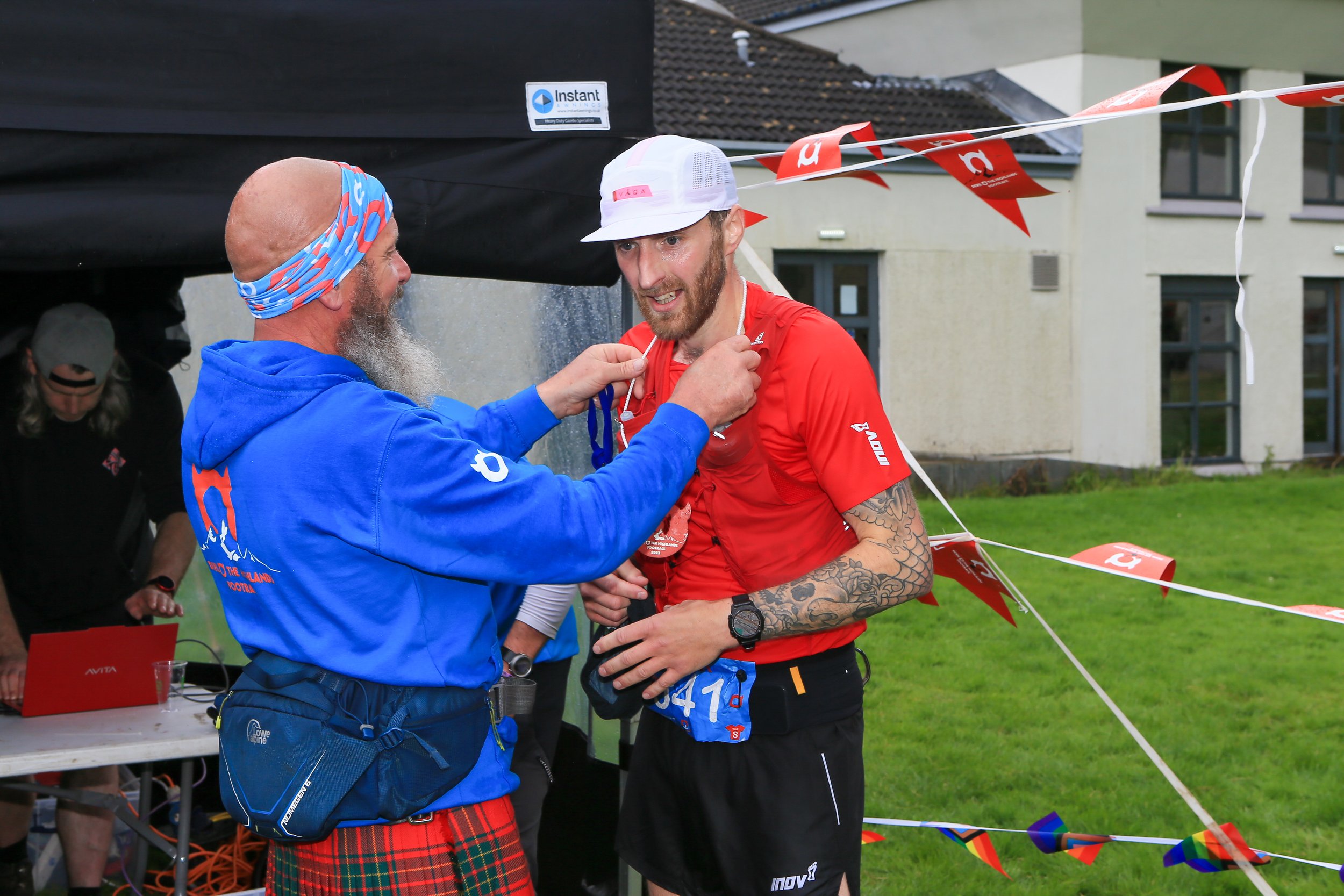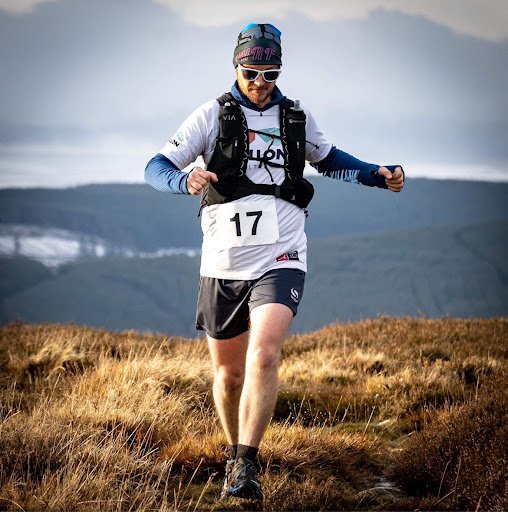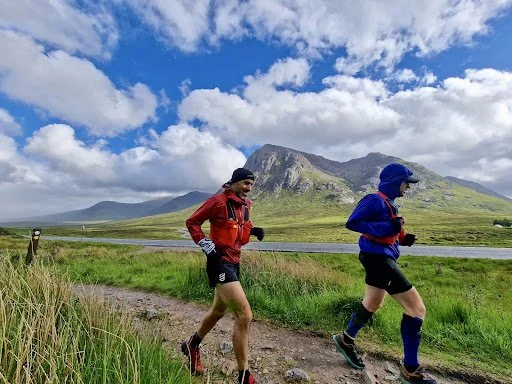by John Connolly
Hey there!
I'm thrilled to share my personal journey with running ultras while overcoming setbacks. For the past 8 years, I've been immersed in the exhilarating world of ultra running, experiencing both triumphs and challenges along the way. From incredible courses around the globe, such as Western State, to conquering my first marathon at Loch Ness last year, it's been an adventure filled with unforgettable moments.
However, what makes this journey even more remarkable is the fact that I've been managing significant injuries throughout, one that required surgery 2 years ago but had to be delayed due to getting into Western States.
Just for some context, I've now had 3 meniscus procedures, 2 on my right knee and 1 on my left. I also have an issue with my lower back, which when not managed, leads to a couple of days in bed. So, join me as I delve into the ups and downs of my running and how I've tackled setbacks head-on with determination and perseverance.
7 considerations for coping with an injury
Being a runner means embracing challenges, pushing boundaries, and constantly striving for improvement. However, when faced with an injury, the emotional toll can be just as debilitating as the physical pain.
As we navigate the frustration of not being as competitive as we desire, it's crucial to acknowledge and address the emotional turmoil that accompanies the journey to recovery.
In this blog, we delve into the rollercoaster of emotions experienced by injured runners and explore ways to find solace and acceptance during this challenging time.
1. Denial and Frustration
The initial response to an injury often involves denial and frustration. It's natural to feel a sense of disbelief, wondering why this setback has occurred. The frustration stems from the realisation that we won't be able to compete or perform at our desired level. Acknowledging these emotions is vital to move forward.
2. Grief and Loss
Injury not only affects us physically but also triggers a sense of grief and loss. We mourn the loss of our running routine, the camaraderie of races, and the sense of accomplishment that comes with achieving personal goals. It's essential to give ourselves permission to grieve and recognize that these emotions are a natural part of the healing process.
3. Comparison and Identity Crisis
As injured runners, we often find ourselves comparing our current situation to the achievements of others. It's easy to succumb to feelings of envy and self-doubt, questioning our worth as runners. Remember that your worth is not solely determined by your performance; embrace the opportunity to redefine your identity beyond running.
4. Patience and Acceptance
Healing takes time, and learning to be patient with the recovery process is crucial. Rather than focusing on what we cannot do, we should redirect our energy towards what we can do to aid our recovery. Embracing acceptance allows us to appreciate the small victories and find joy in the progress, no matter how incremental it may seem.
5. Building a Support System
Surrounding yourself with a supportive network is vital during this emotionally challenging time. Seek out fellow runners who may have experienced similar setbacks, join online forums, or consider seeking professional guidance. Sharing your frustrations, fears, and triumphs with others who understand can alleviate the emotional burden.
6. Exploring Alternate Avenues
While sidelined, explore activities that can complement your recovery and maintain your physical and mental well-being. Engage in cross-training, such as swimming or cycling, to stay active. Discover new hobbies, volunteer, or participate in non-competitive events to stay connected to the running community while giving yourself a break from the pressure to perform.
7. Celebrating Small Victories
Throughout your recovery journey, celebrate the small victories. Whether it's reaching a certain distance, improving flexibility, or running pain-free for a short period, each achievement is a step towards becoming a stronger runner. By acknowledging and celebrating these milestones, you'll maintain a positive mindset and fuel your motivation to keep going.
Conclusion
While the emotional turmoil of being an injured runner can be overwhelming, remember that it's a temporary setback in your running journey.
By acknowledging and addressing the emotional challenges, building a strong support system, and embracing alternate avenues, you can find solace, acceptance, and ultimately come back stronger than ever.
Use this time to reflect, learn, and grow, and remember that your worth as a runner extends far beyond the competitive arena.
Currently, I find myself in the midst of another comeback from another injury.
Day by day, I am diligently working on rebuilding the strength in my less dominant leg while gradually increasing my running volume, beasting myself on the bike, and adding intensity to my workouts.
The progress I have made so far has been encouraging, filling me with a renewed sense of hope and determination. As plans for 2024 start to take shape, I can feel my desire to excel in my running endeavors rekindling.
With each step forward, I am filled with a growing sense of excitement and anticipation for what lies ahead on this incredible journey.
For me, it's a process; sometimes, the path to take is clear, and other times, I can get a wee bit lost, but I've still not given up.
Thank you to Pyllon coach, John Connolly, for the generosity of his wisdom in this piece full of golden nuggets.





























